|
Although very busy supervising the construction of our new house in Pyin Oo Lwin, I took a week off to give a training in the Shwe Nadi Monastery, near Kyaukbadaung in the Dry Zone of Burma. Everyone up in our hill town of Pyin Oo Lwin warned me not to go to Kyaukbadaung, as it would be too hot and dangerous for my health! Well, I survived by drinking 3 to 5 liters of water per day and limiting my working time to about 4 hours per day. Why so hot? Well, the Dry Zone is the equivalent of Death Valley in Burma. It very rarely rains there, but when it does, the water scours the land, badly eroding it. Needless to say, daytime temperatures were over 100 degrees F and at night, the mercury only dropped a couple of notches. However, I soldiered on! The head monk at Shwe Nadi is a very progressive leader, already recognized for his efforts in reforesting the surrounding area. I was impressed by his tree nursery, where he grows saplings, which he provides free to neighboring farmers. Just the kind of fellow that I like to partner with. The main innovation in this training was the use of new stainless steel molds that I commissioned from our neighborhood steel fabricator in Pyin Oo Lwin. I got two sets made up – one for a 5 inch stove and one for a 6 inch stove, for around $35 per set. The molds were not quite as successful as I had hoped, as we had difficulty extracting the bricks, without breakage. However, we learned quite a few lessons and I expect the stainless steel molds to be a standard part of the Solar Roots repertoire in the future. It is my plan to leave a set of these molds in the village after each training, as they are very robust and should be able to be used to make thousands of bricks in their lifetime.
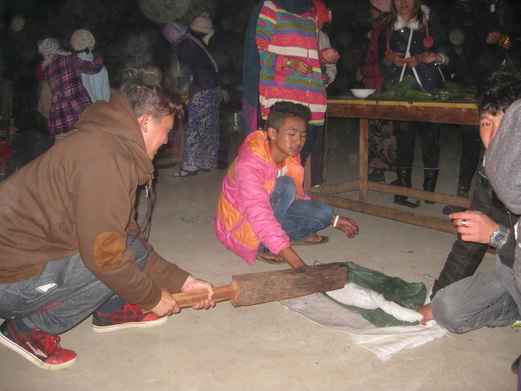 I arrived back in Burma in December, fully hoping to take the first steps in building the Solar Roots Renewable Energy Training Center. But that proved to be difficult due to the local political situation in the Gorka village. The village headman and the Abbot were not seeing things eye to eye. I was advised to put my plans on hold until things cooled down. It was a salutary lesson for me in politics of religion and the lack of tolerance and trust still widespread in this country. We'll see what 2015 brings. So I moved back into my old room at St Mathews Orphange Center and started doing trainings. New Years was spent with the kids who delighted in the Kachin tradition of pounding sticky rice to within an inch of it's life, and then eating copious quatities of the resulting flattened glutinous stuff. 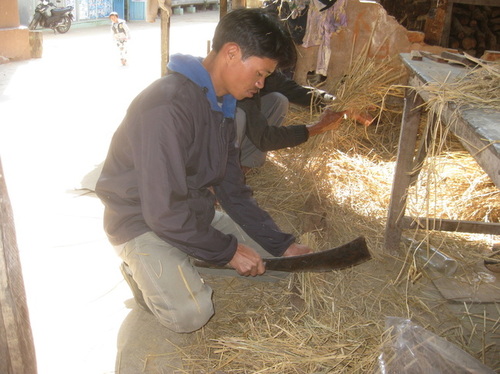 Then it was time to start trainings again. I began in SMOC itself with the same 5 brick stove that I had started to use in Haiti, passed to me by my good friends and mentors, Jon and Flip Anderson. Here we see Noh Noh chopping rice straw that will be mixed with clay to provide the insulation in the brick. Noh Noh has done trainings with me before and he generously provided the clay we needed. It looked good coming out of his rice field, it felt good when being mixed with the straw, but yet again, it proved to be of inferior quality and crumbled when heated to high temperatures. But that wasn't till later..... In the next picture we see the mud and straw stove performing well - the downfeed working just as intended. Lashio I had made an effort to be in contact with the Metta Development Foundation, which is the largest and most competent of the local NGOs in Myanmar. I had previously met the Director, Sai Sam Kham on a couple of occasions and this year, I was determined to do a joint project with them. We decided on a Stove and PV Training in Lashio, which is the largest town in Northern Shan State, not too far from the border with China. The training lasted 11 days and was held in the Metta demonstration farm, just outside town. Set in 30 acres of forest and paddy fields, this site was perfect. The participants were from all over Myanmar, from Mytkina in the north to Bogalay in the south – I was honored that people had traveled so far to take my training. These participants were a somewhat specialized group in that they were already employed as community activists and technicians. They indeed proved to be a hard group to impress with my renewable bells and whistles, but by the end, I had won them over and they genuinely thanked me for the new knowledge they had gained. As always, I myself learned some valuable lessons during the training. This time, I discovered that there are better clays than the one I had used at the two Asia Light trainings, which did not produce really strong bricks. Mr Lum Po, the farm manager kindly showed us where the best clay was to be found. It turned out that at the bottom of the irrigation ditches feeding the paddy fields there was a rich black clay and elsewhere there was a an outcrop of thick brown clay. These proved to be far superior to the clays I had used before. Mr Lum Po also showed us some termite hills and knowing that repairs to brick houses in Madagascar were made with termite clay, famed for it's stickiness and strength, I thought I would try that too.
As a side trip, in between trainings, I visited Mawlamyine, a decaying southern port city and another of Orwell's old haunts. In fact, his family had lived there for a couple of generations, long before his own arrival. I went to visit my friends in the Mon Women's Organization to discuss what we could set up in the way of trainings for next year. It was good fun to meet up with my old friends that I had first met during a solar training in 2008 in Sangklaburi. As always, the food was great chez the Mon ladies, but the highlight of the trip was a visit to the island just across the river – the ominously named “Ogre Island”. As it turned out, Ogre Island is a wonderful place. Partly due to the fact of being an island, Mon village culture is still widely preserved. The houses are built close together, with constant visiting through doors that are only closed when everyone goes to sleep. It's one of the most peaceful and relazed places I've ever been. That's not to say that the people are just lazing around, chatting the day away. I was taken to see, (as I suspect, most visitors are), a family-owned rubber band factory and a woodworkers' shop that exports to other SE Asian countries. As an extra treat, I was taken to an ice making machine that is driven by a diesel engine, with producer gas from a rice husk gasifier added for fuel savings. Funky doesn't even begin to describe it. I was thrilled! The land is flat and fertile, and were it not for the fierce heat and stratospheric humidity, Ogre Island would be high on my list of places to retire to, (whenever that will be!). 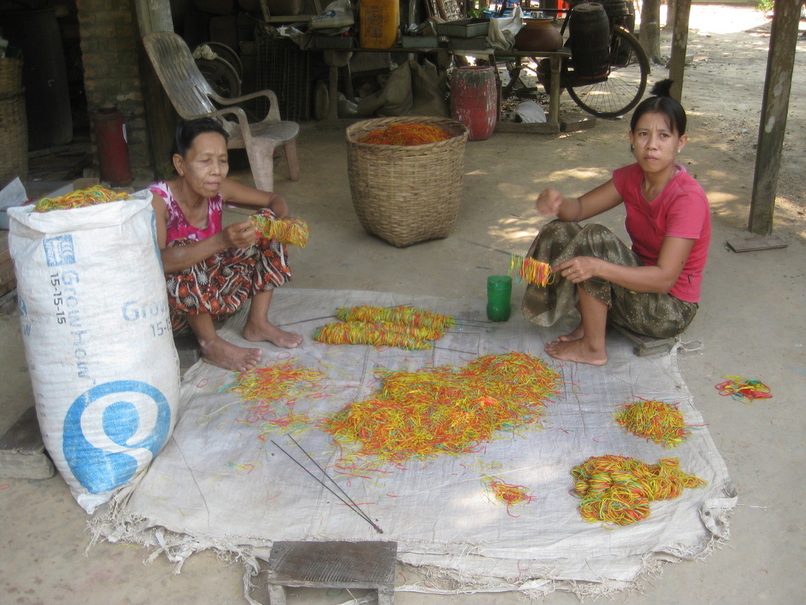 Family members scooping up rubber bands made from locally harvested rubber. They dye the latex, mold it and chop it into the requisite sized bands, all in their back yard. A real example of making a finished product from a locally available material. Now, if they could just gear up to making tires...! Soon after arrival in Yangon I was put in touch with Father Benjamin, a Karen priest who runs the Ayerwaddy Homeland project near Myaungmya. Luckily, he happened to be visiting Yangon, so we were able to meet and we hit it off straight away. Father Benjamin, who stayed for 6 years in France, training and serving his French host community, is a man of keen perception and great awareness of the risks and potentialities facing his small Karen community of 300 souls. Maungmya is located in the northwestern part of the Ayerwaddy Delta and is a very pleasant small regional market town and administrative center. I've been re-reading “Finding George Orwell in Burma” by Emma Larkin and coincidentally, Orwell was posted to Myaungmya for several months in the 1920s. The town still retains many old colonial era buildings and a relaxed back-water atmosphere. Father Benjamin started the Ayerwaddy Homeland project over twenty years ago and it's main goal is to provide community livliehood and education while conserving the traditional rural lifestyle through sustainable agriculture. This is a noble task and Father Benjamin is deeply committed to helping his community be as self-sufficient as possible. I visited both the community living in the forest and the hostels for students in Myaungmya and the nearby large port city of Pathein.
I returned to Madagascar this year with two projects in mind - a solar hot water system and the repair of PV systems in remote clinics. My time was limited to six weeks, but in the end, that proved to be sufficient. I had already decided to wind down the operation in Madagascar and this trip was, in a sense, a farewell tour. Last year I had promised my good friend Zoe, that I would install a solar hot water system in Akany Tafita, the children's center in Anosibe, a very poor quartier of Tana, where I had stayed previously. They had added a second floor to the building that included classrooms upstairs, along with two studio apartments. This expansion was designed to increase the center's revenue stream from social functions on the ground floor and rentals from the apartments above. Although I had just gained some experience installing a solar hot water system in Burma, I was a little nervous about working on a sloped metal roof, as my left knee had recently given out, and could not be relied on. Imagine my delight when I found out that the purchase price of the system include free installation! In the end, this was the best solution as there was some heavy lifting and complex welding involved, and the days when I could do that on a slippery metal roof are behind me now. With myself in the role of supervisor, the installation was completed in three days, as the team from Majinco Solar was quite competent and professional. What a joy to have a hot shower on a cool evening in Tana! This hot water system will be of great benefit to the children's center – it will make the apartments more attractive to tenants and the kids can have hot showers, something they would never have at home. Extra hot water will be used for laundry and dish-washing. Improved health, increased self esteem and a sense of well-being are all benefits we expect to flow from this new access to solar hot water. Last year, during the solar PV trainings I conducted in several villages, I learned that many remote clinics had solar systems that were no longer functioning. They had been installed by NGOs from France and Finland about 7 or 8 years ago and now the batteries were dead. I worked with Ny Tanintsika, a local NGO, to select the eleven clinics to visit. Some we could repair on the spot, some I had to return to Tana to buy new batteries etc. Interestingly, the quality of the original equipment and installation was usually high, but sometimes the original design was flawed, and the systems never performed properly or for very long. I hired a truck from Ny Tanintsika and with driver, guide and translator, we headed off into the wilds of Madagascar. And I mean the wilds! We had to cross rivers by ferry, replace the wooden road-bed on bridges and pass through country well-known for banditry. It was indeed, one of the great Solar Roots hard-traveling adventure trips. We had our share of adventures too – we crossed a rickety bridge without difficulty on the outward journey, but imagine our surprise on the return leg to find that the wooden beams had all been stolen and that there was no way to cross. Luckily, after a couple of hours, a big Mercedes truck arrived with just enough beams and tree trunks aboard to get us both across. (I guess these truckers have to be prepared for any eventuality!). I have difficulty accepting that certain individuals would be so selfish as to steal these beams and leave several communities, comprising of thousands of people, isolated from the rest of the country, from emergency health care and indeed from daily supplies trucked in over that bridge. One interesting thing was the reception we got from the staff at the various clinics. Usually, they were delighted that we had restored electric light to the clinic and they expressed their thanks profusely, sometimes with personal gifts for me, once including a chicken! But sometimes things turned sour when it became apparent that my primary mission was to ensure that the lights in the clinic functioned, even if that meant disconnecting the TV/video and cell phone charging station that the doctor and midwife had going on as little side businesses. But I was firm in my resolve – my funds and my mission were dedicated to the benefit of the patients and improving the quality of health care. I came across other incidences of malfeasance, like the case where no patients could stay overnight in one clinic because the previous doctor had stolen all but two of the mattresses. One repair job, in the village of Ankaramena, gave me particular satisfaction. The doctor was an unassuming man who was himself disabled, as a result of a physical assault. He had never had electricity in his own house before and I felt privileged to be able to provide that small service for him. Unfortunately, we didn't get much time to spend with the clinic staff, to get to know them better. Usually, we had to do the repair and get back on the road, so we could arrive at the next site before night fell. Traveling at night in remote, bandit country in Madagascar is not recommended. As I mentioned in Burmese Times #6, we regularly had to pass the as-yet incomplete monument to the Catholic priest who was shot dead in his car, only a month earlier. The economy and rule of law have deteriorated so much since the coup d'etat four years ago, that the police and the bandits work hand-in-hand. Sometimes, police weapons are actually used in the commission of robberies. All-in-all, we visited eleven clinics, made repairs to nine of them, replaced twelve batteries, four charge controllers, one PV panel and two inverters. This work was made possible by a very generous donation from the Fort Fund of San Francisco, which covered most of the equipment cost and vehicle hire. Solar Roots donations paid for the remainder. So, my time in Madagscar is at an end. I have learned many things about the country and about myself. But I feel it's time to move on. Next year I will concentrate on Myanmar, and setting up a permanent workshop and training center there.
Mandalay The beauty of the three-syllable name alone conjures up swaying palm trees, exotic scents in the tropical evening breeze and a Shangri-la sense of peace and tranquility. Unfortunately, nothing could be further from the truth. Mandalay is a modern, business-minded city, laid out on a strict grid pattern that is usually dusty and insufferably hot and noisy. As they asked George Best, during his decline from youthful soccer hero to drunkard and buffoon, “where did it all go wrong?” The blame lies largely at the feet of Rudyard Kipling, poet laureate of the British Empire, who composed “The Road to Mandalay”, while spending time in Mawlamyine, a languid port in the south of the country. He never actually visited Mandalay, but that didn’t deter him from placing it on a bay, with a British soldier waxing sentimental about his Burmese girlfriend and the tinkling temple bells. This poem, later put to music, became a very popular song with the British troops in WW2 and indeed, my father used to sing it with gusto. Perhaps in a case of life imitating art, British troops did indeed take the “Road to Mandalay”, when they returned from India to retake the city from the Japanese in 1945, after some fierce fighting. Bizzarly, the British forces included Idi Amin and President Obama’s grandfather! Mandalay had enjoyed a brief period as the capital of Burma, just before the annexation of Upper Burma by British forces in 1885. Several previous, much more ancient capitals , such as Sagaing and Amarapura are located nearby, but they are now dusty backwaters, eclipsed by Mandalay’s rise as the new commercial center of Upper Burma. Commercial ‘epi-center’ might be more apt as Mandalay is the prime destination for much of the Chinese investment in Burma and distribution center for products from China. From only 5% of the population 10 years ago, Chinese residents of Mandalay are now estimated at 20%. Large multi-story hotel blocks are springing up everywhere, new car showrooms proliferate, all financed by Chinese dollars and even Chinese schools are opening for business. Many Burmese are beginning to feel resentment over the power and domination of their neighbor to the North. To adapt the old Mexican adage, “Poor Burma! So far from God, so close to China!”
More PV Courses Working with Alin Ein again, I made a visit to their demonstration farm near Mawhbi, about 2 hours north-east of Yangon. They had contracted to have a solar PV system installed by a local company about 6 months ago and it was already having problems. This was a great opportunity for the class to get on their thinking caps and get out their testers. After being gently led through the troubleshooting procedure, the class determined that the battery was badly damaged and would never work again. I replaced the primitive charge controller with a new one from the US, bought a new battery and the system was able to realize its full potential. The following week I went up to Taungoo, near Nay Pyi Daw, the new capital. There I had a large class of over 20 people, several of whom already had solar systems, but who still had many questions. There were the same explanations to be given around why a car battery will never work well in a solar system and why discharging a battery down to zero is the worst thing you can do to it. These are hard lessons to accept for people who are totally stretched just to buy that old car battery.
Rangoon I was thrilled to arrive back in Rangoon, as I had enjoyed it so much when I was here with Jim last year. I stayed at the same Japanese-run guesthouse, ate at the Nepali restaurant, and patronized Nilar’s yoghurt (by-day) and whisky (by night) shop, (I only go during the day!). Downtown Rangoon is a chaotic mess of overcrowded belching buses, broken sidewalks, dilapidated colonial architecture and foul and delicious odors. Street vendors almost block the sidewalk hawking everything from ancient British-era textbooks to as-yet unreleased Hollywood DVDs. However, the item that fascinates me the most is the small mechanical people counter, you know the one with the button and the revolving numbers? Almost every hawker has one or two and some have several models to choose from. Who is buying these things? How many jobs involve counting to the degree that you need a counter that goes up to 999? How many entry level job starters are there in Rangoon that need to buy a new set of clothes, a little set of stacking stainless steel tins for their lunch and a brand new people counter? I sometimes feel I may go to my grave without cracking this particular enigma. Downtown Rangoon was laid out by the British during their colonial occupation from 1852 till 1947 and there are still many impressive Victorian buildings gently falling down from their former glory as physical expressions of British imperial will. But it is the people that impress most. At the time of Burmese independence in 1947, Rangoon was largely populated by migrants from India, some involuntary, but many seeking opportunity in a less competitive environment. Most left following Independence or in the purges after 1962. However, the remaining residents of Indian descent still dominate the street culture of downtown, with their restaurants, street stalls, tea houses, temples and mosques. There is, of course, a Chinatown, and that’s where I go to get my solar panels. Rangoon sits on a bend in the Yangon River, which can handle ocean-going ships and it still has many of the warehouses and go-downs from when Brittania ruled the waves. An odd connection for me is that during the colonial period, commerce in Burma was dominated by Scots. Steel Bros (Rice), The Bombay-Burmah Trading Corporation (Timber), Burmah Oil and The Irrawaddy Flotilla Company were all in Glaswegian hands. It’s a city of glaring contrasts – if you raise your eyes to take in a gleaming new tower, you risk falling 6ft into an open sewer. As Paul Simon so aptly put it, we live in an era of lasers in the jungle! |
Archives
March 2017
Categories
All
|

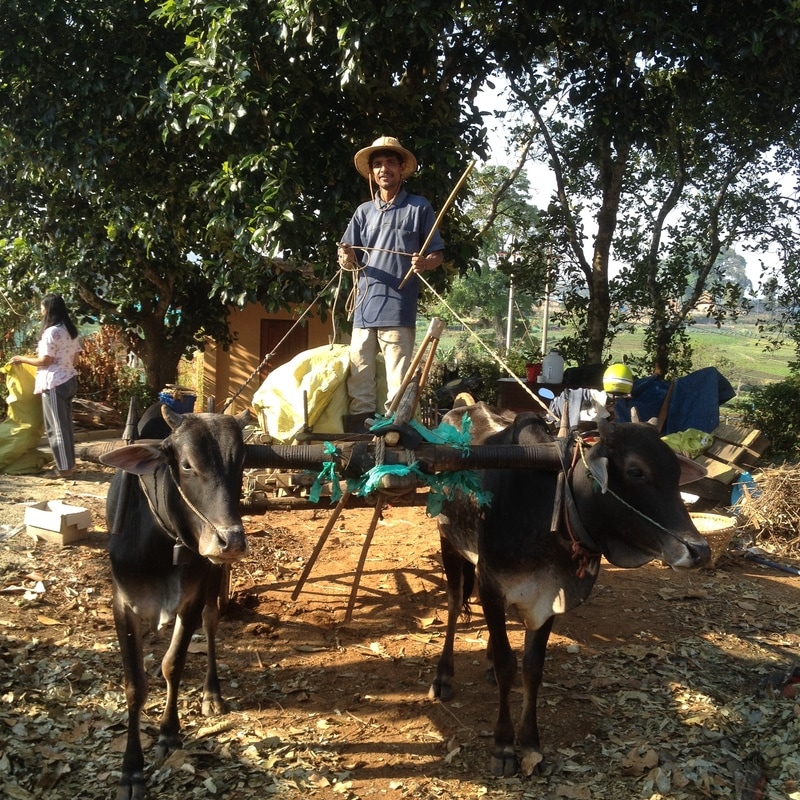
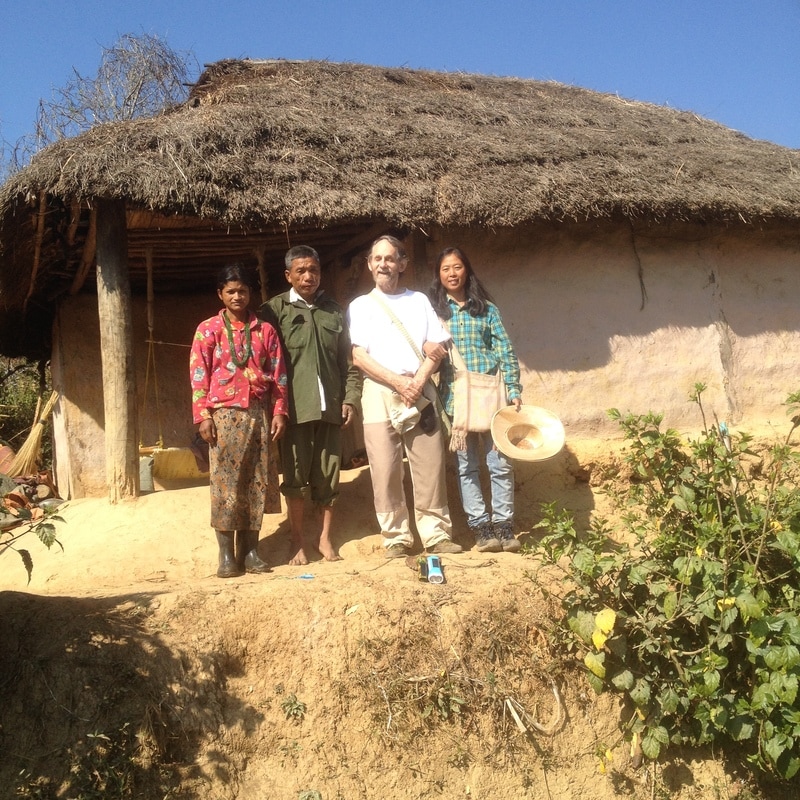
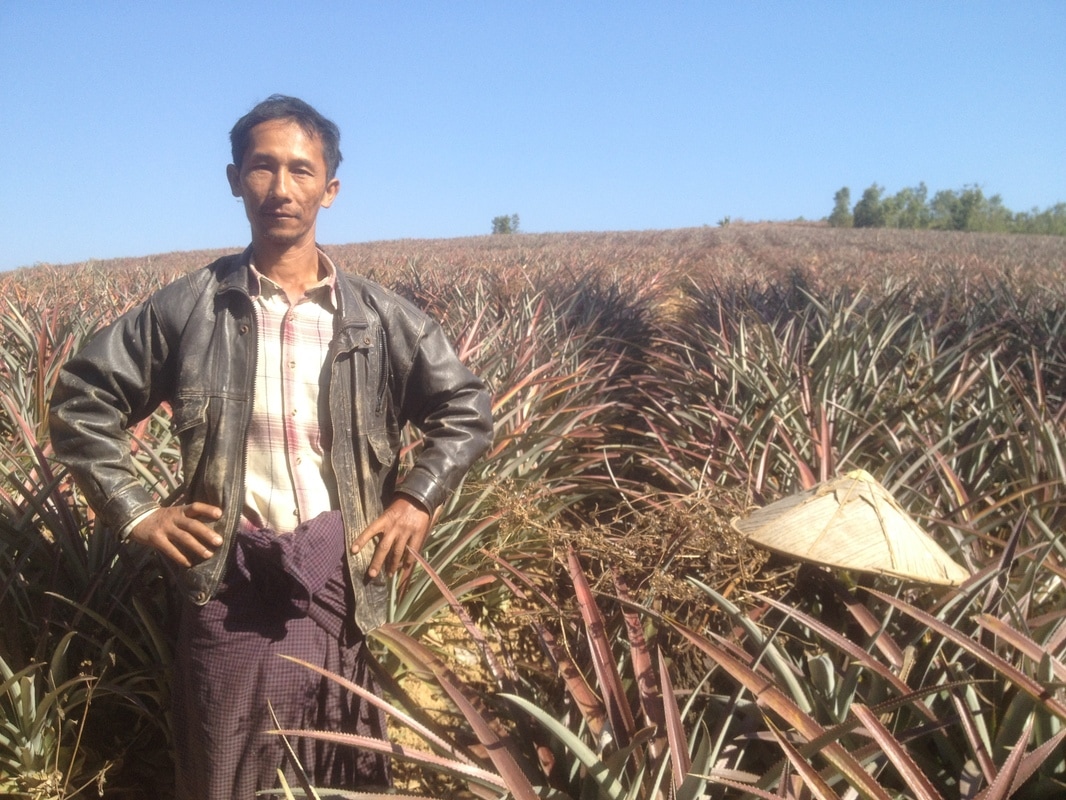
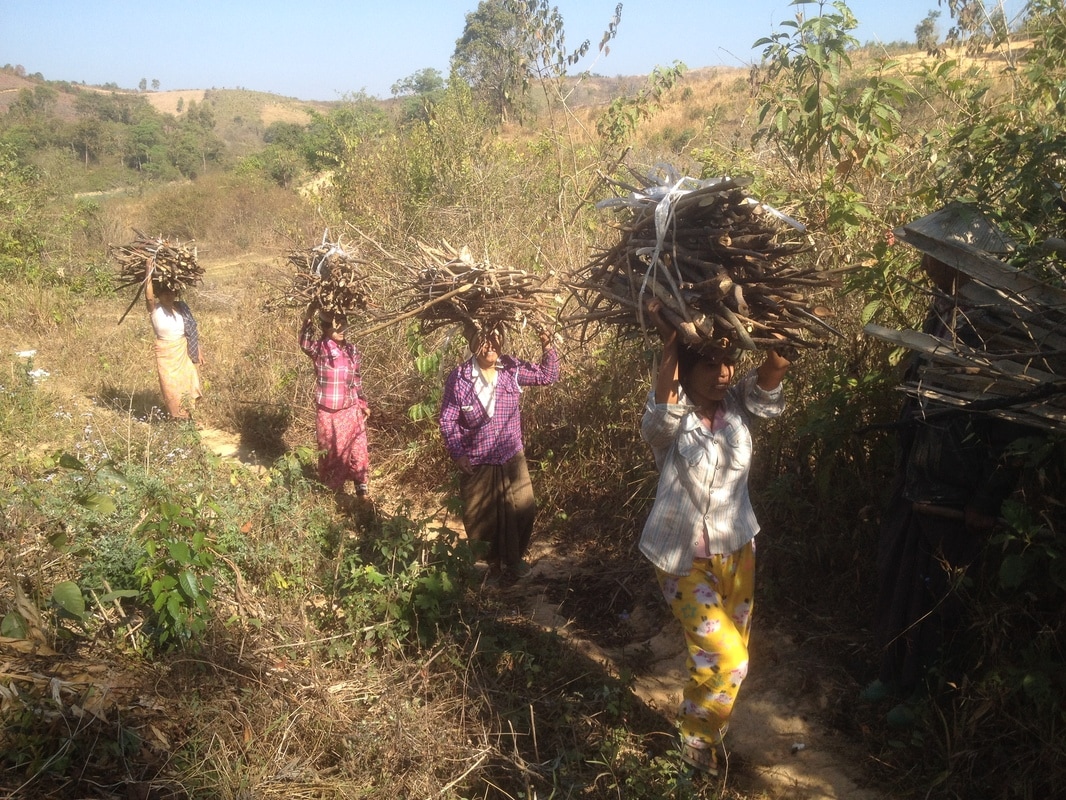
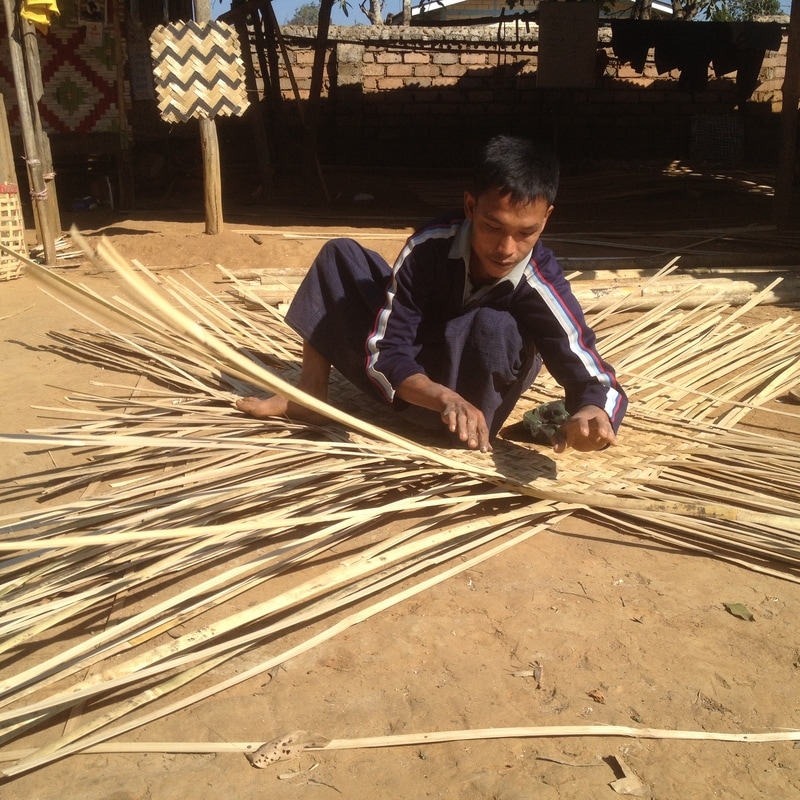
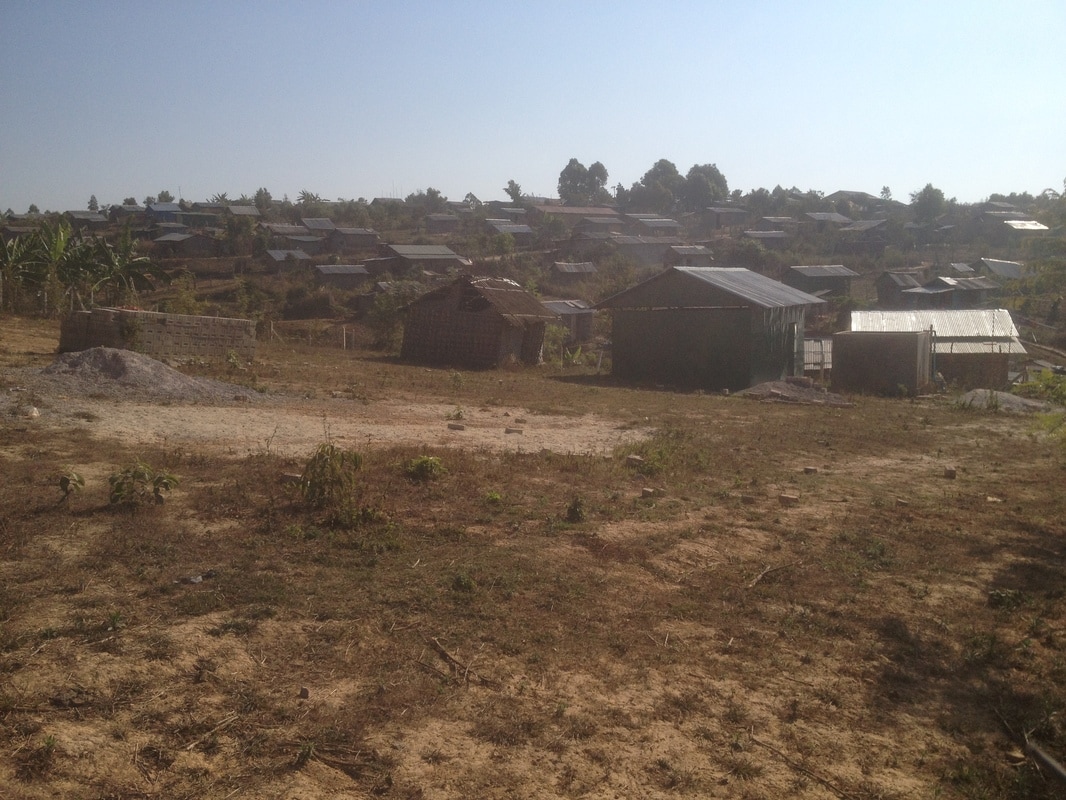
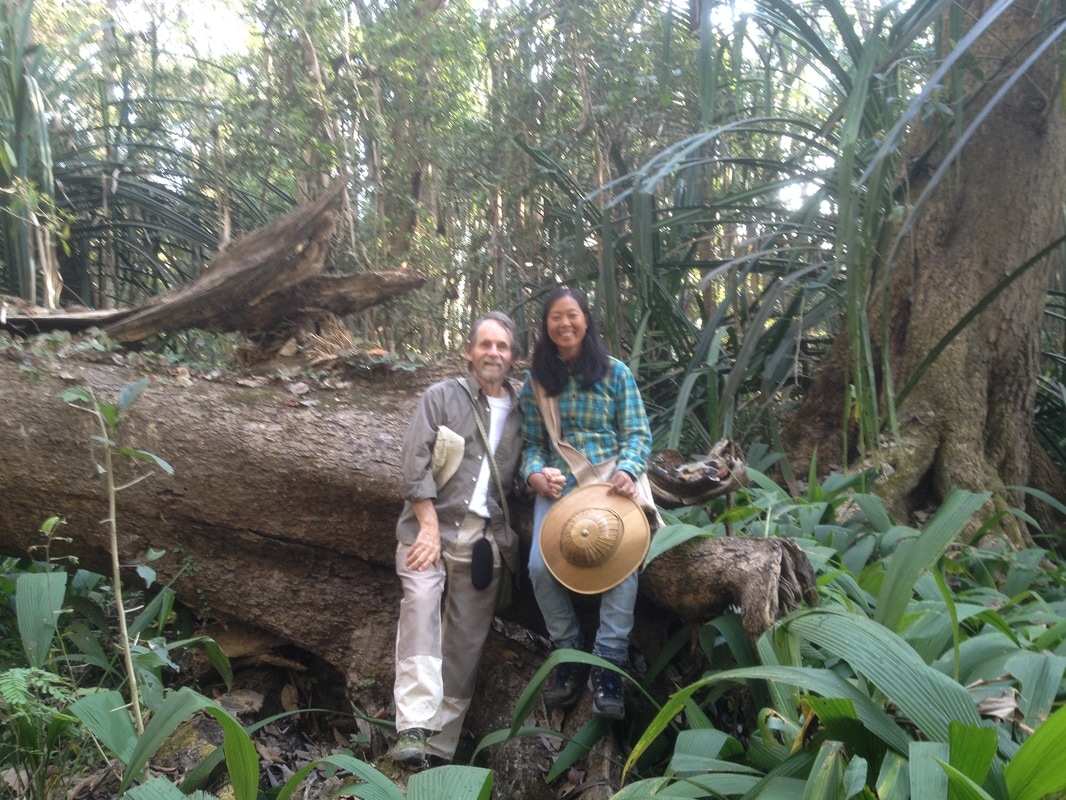
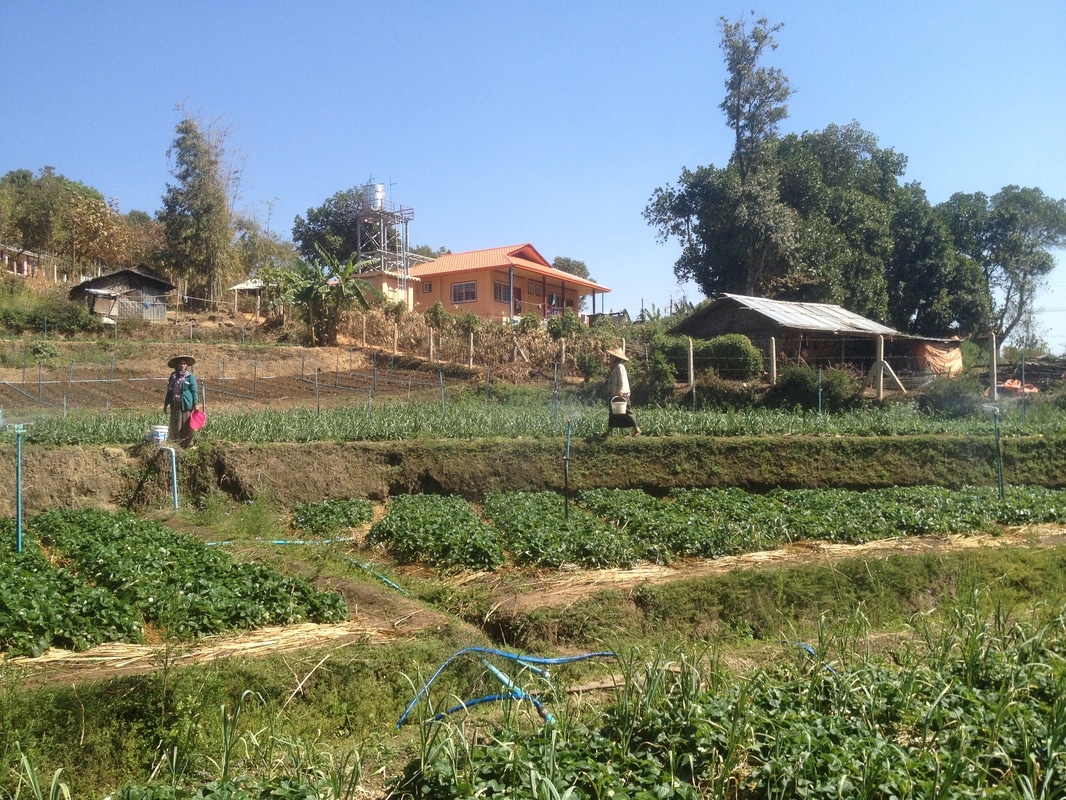

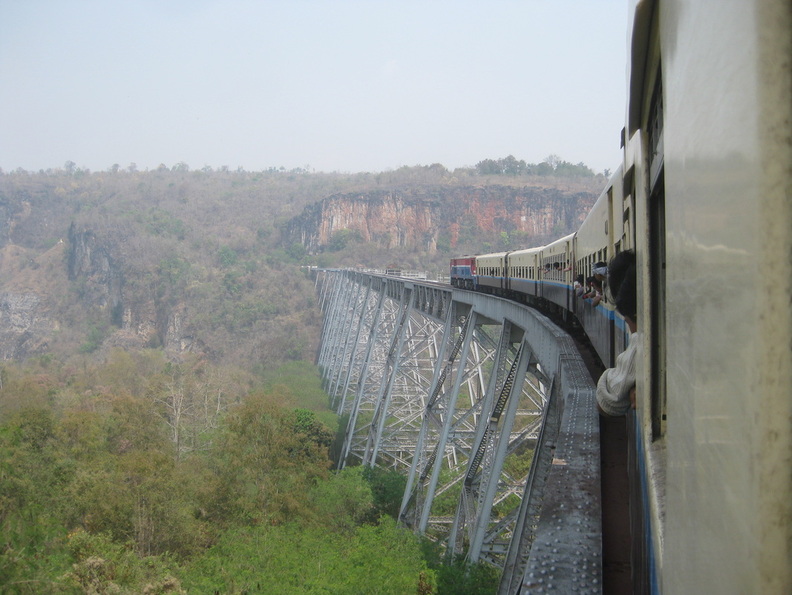
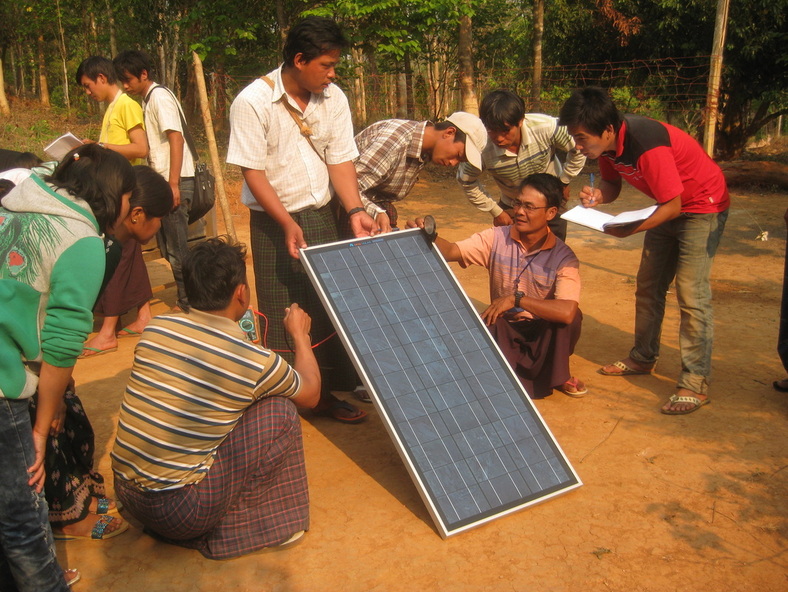
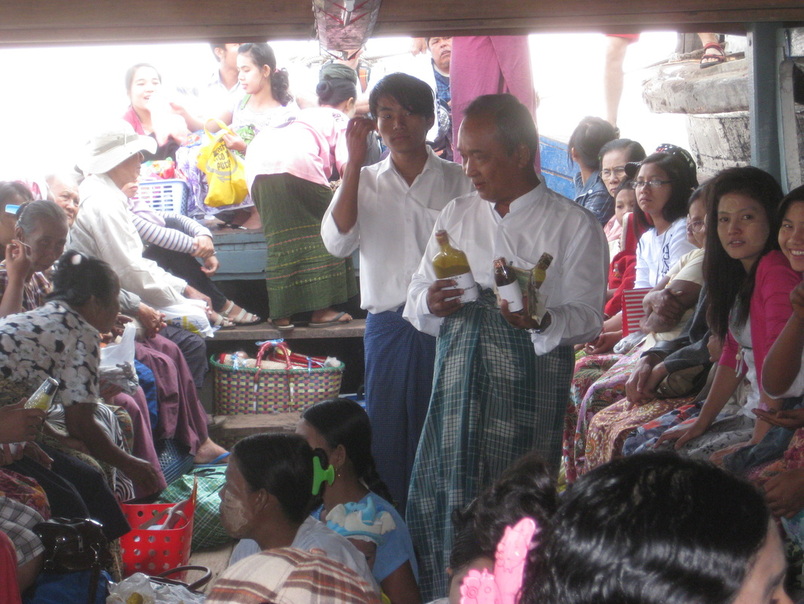
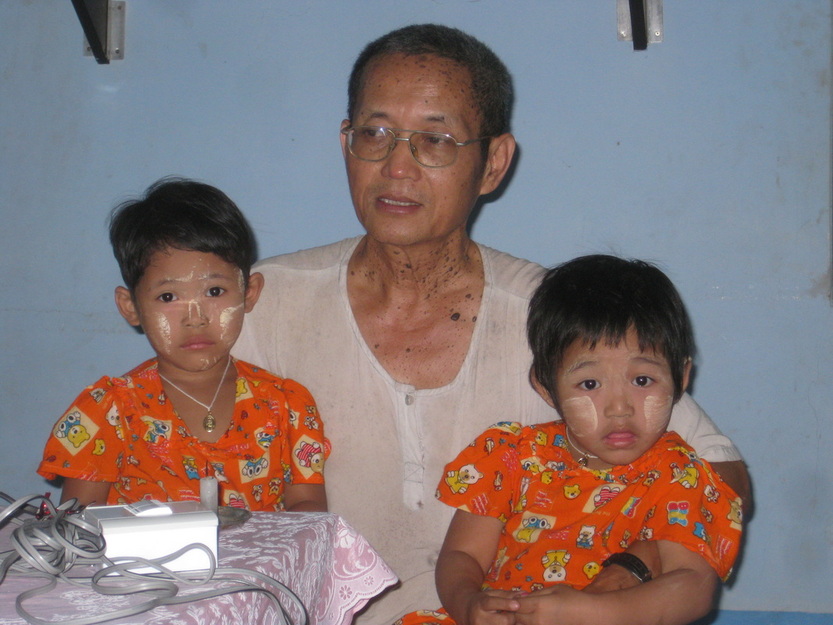
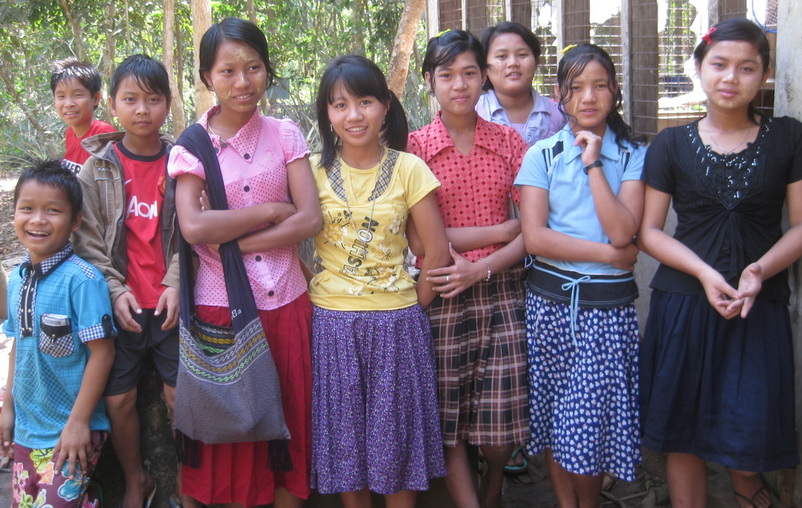
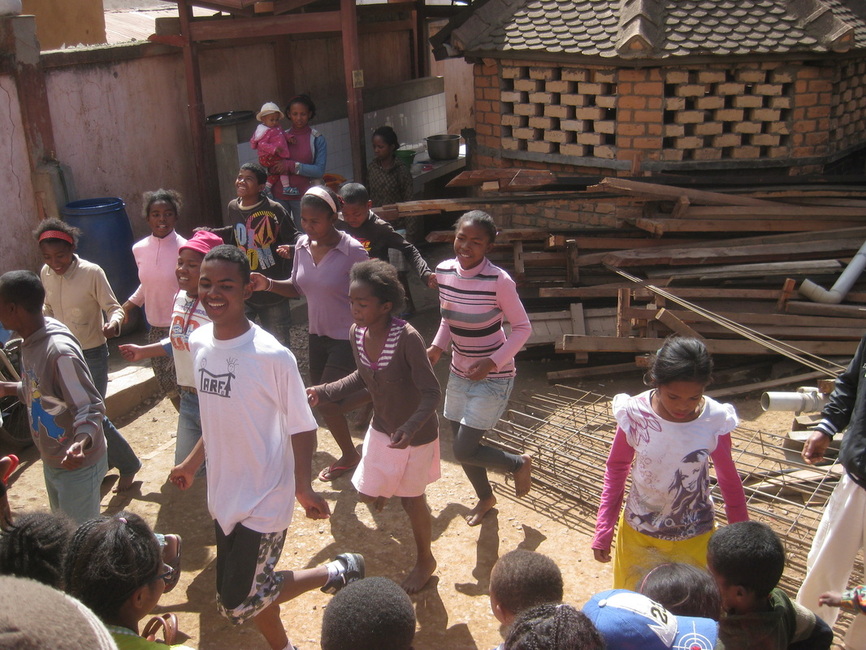
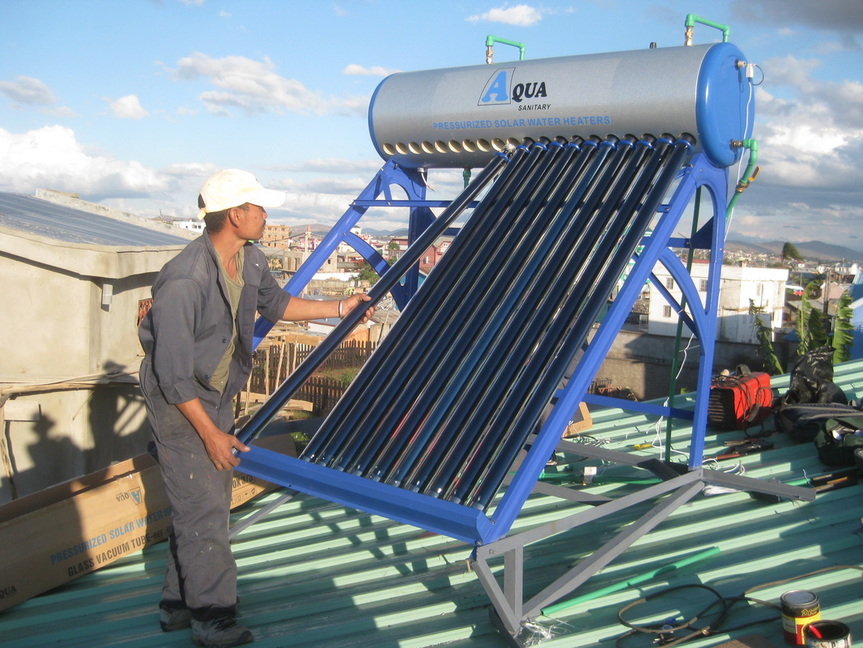
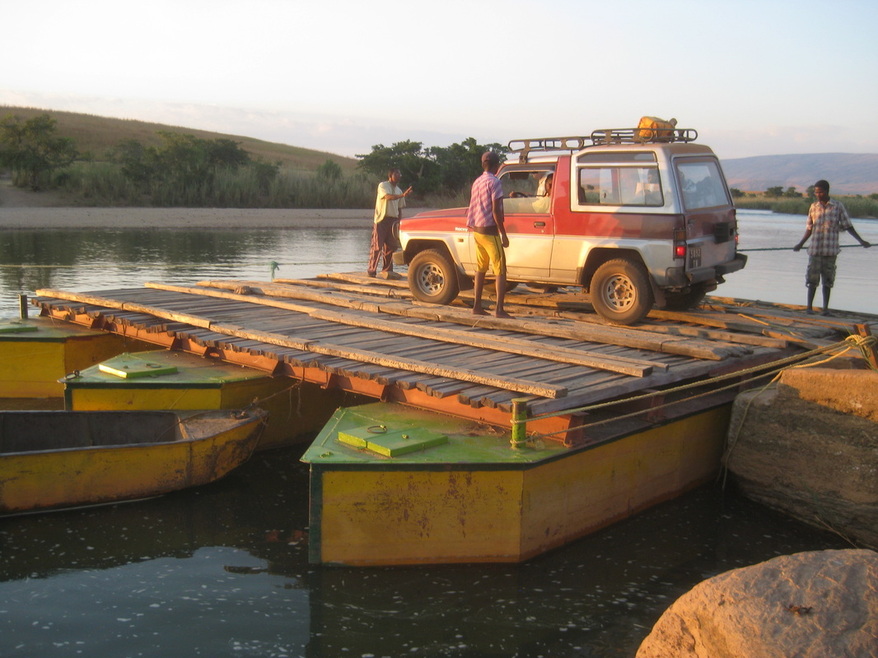
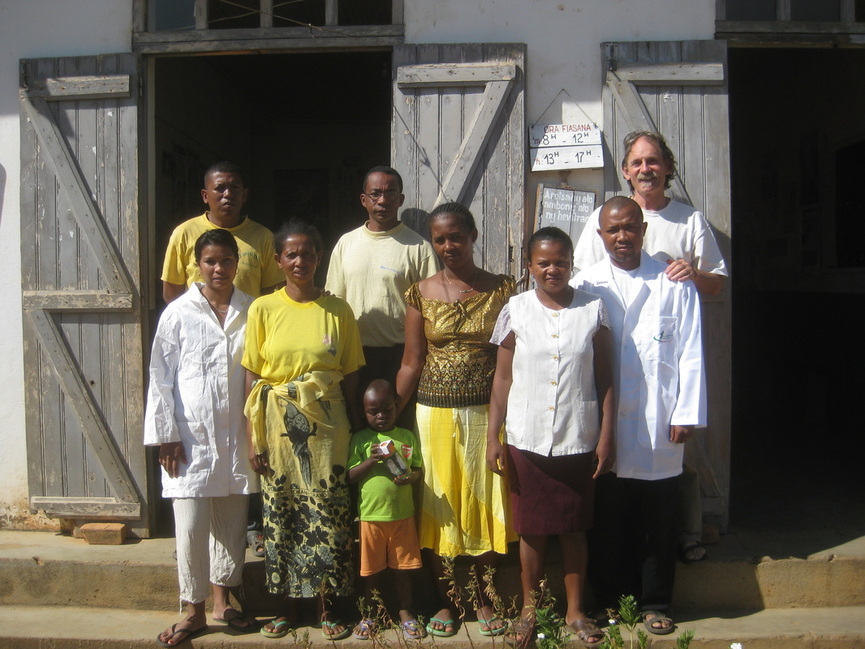
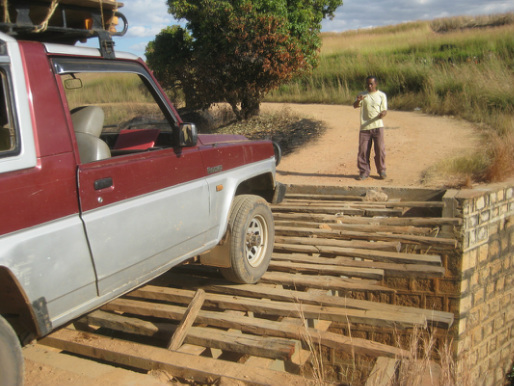
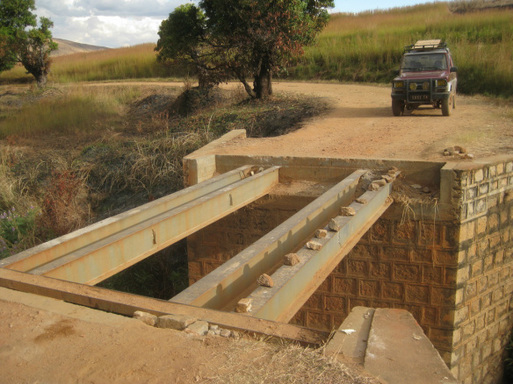
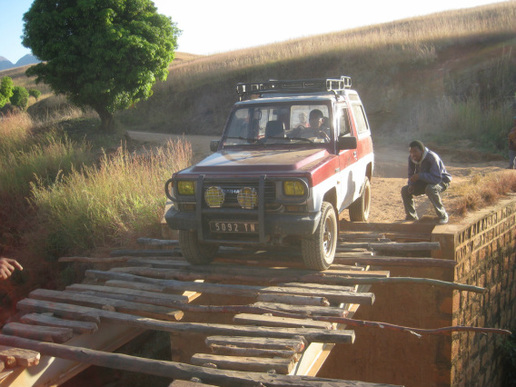
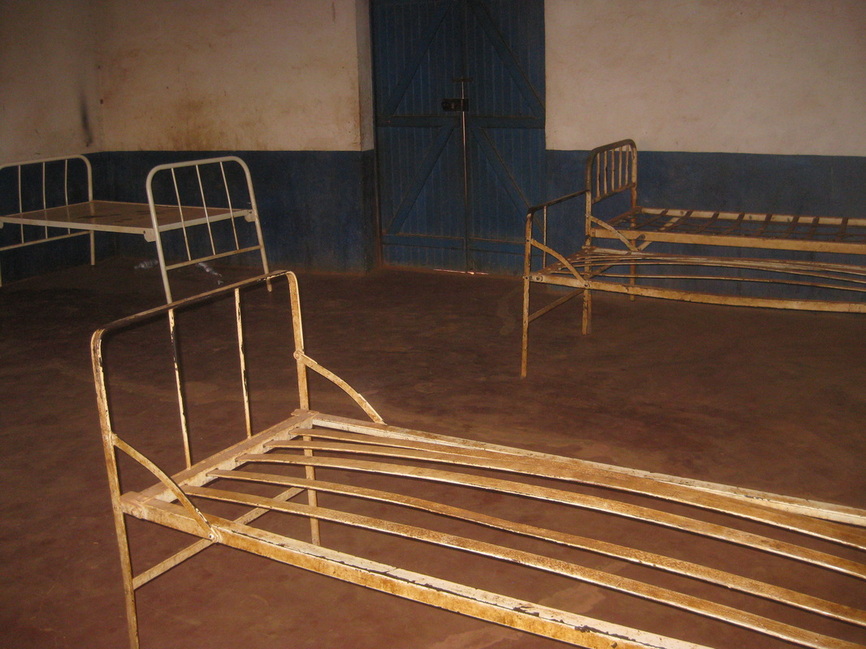
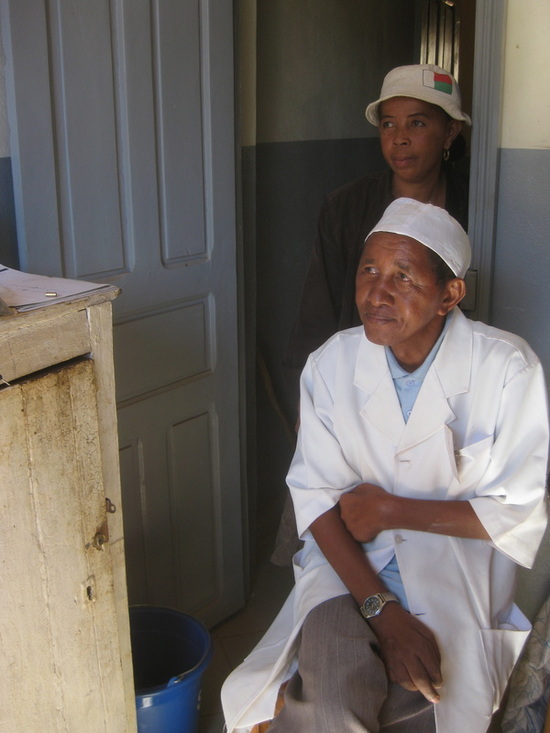
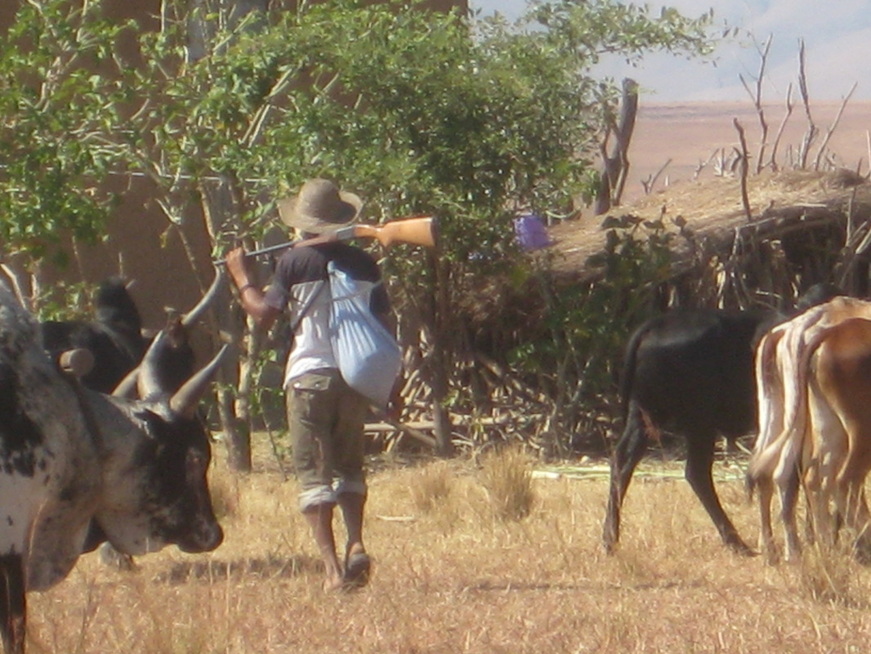
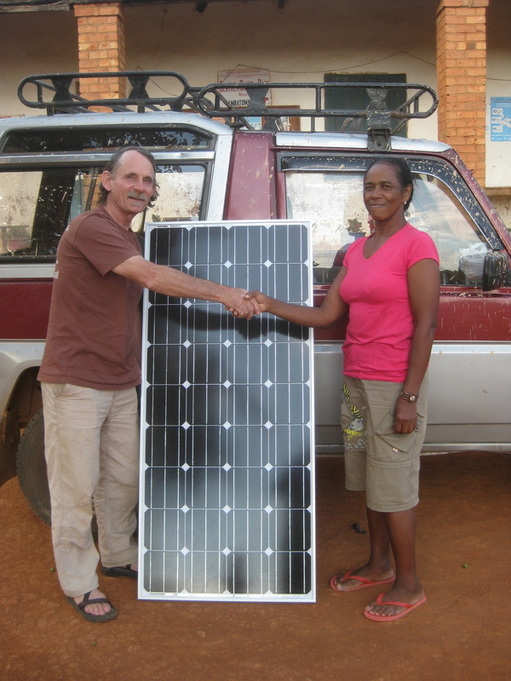
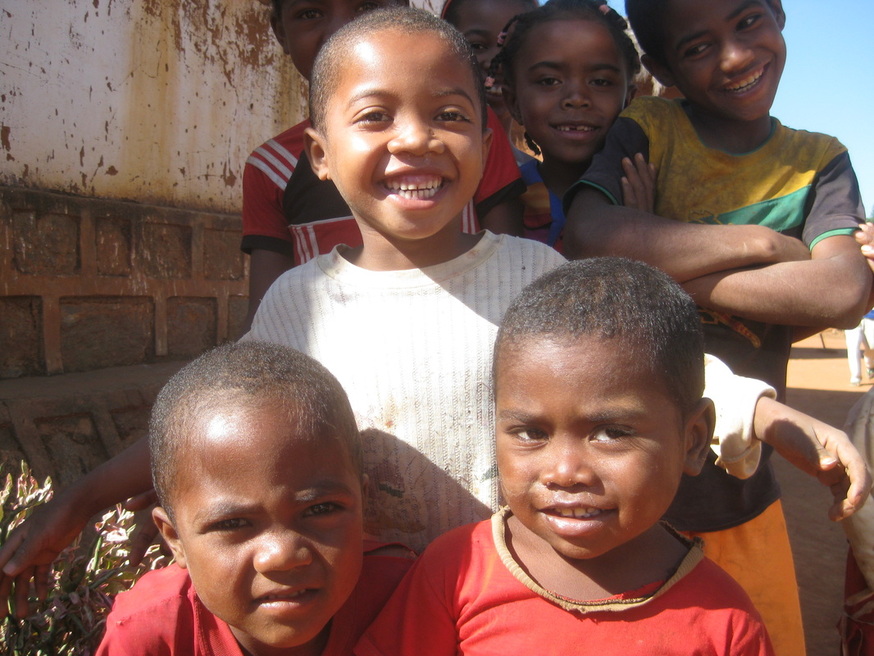
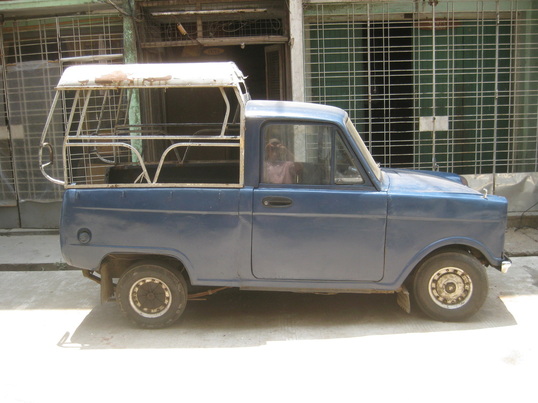
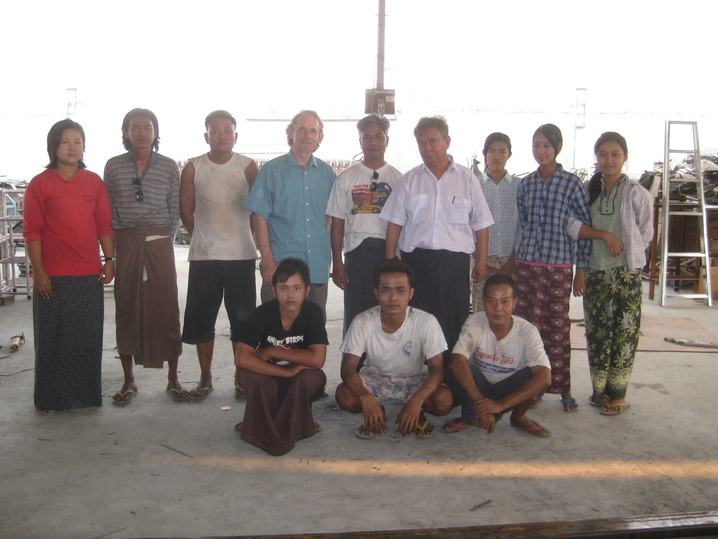
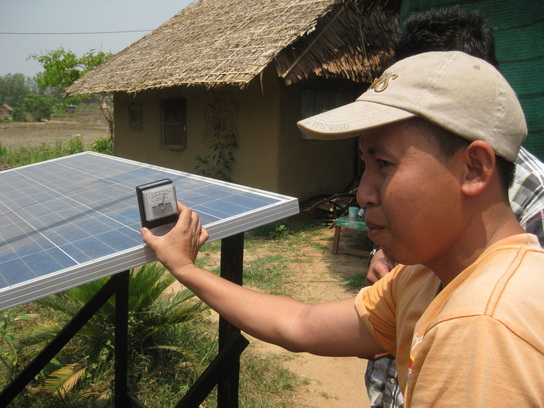
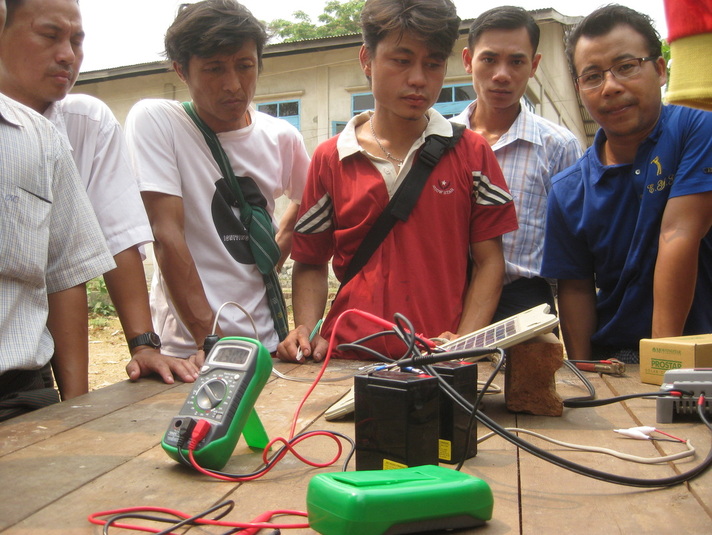
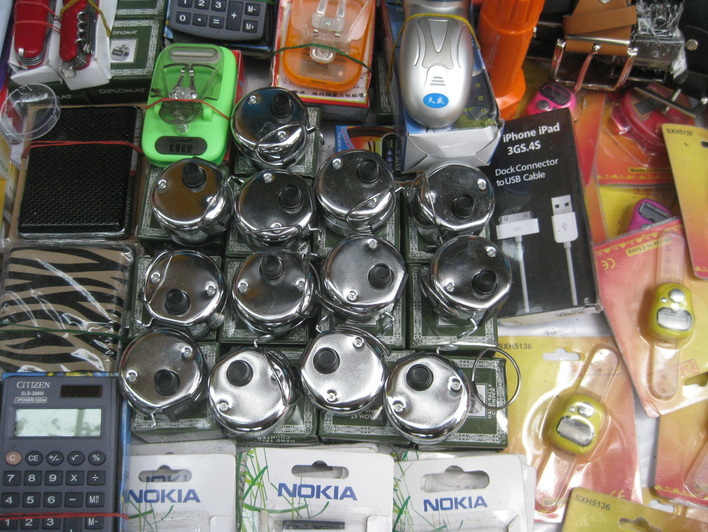
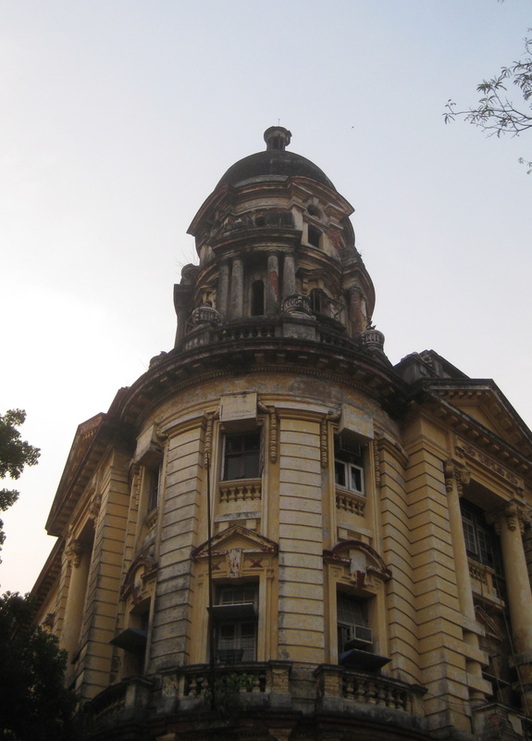
 RSS Feed
RSS Feed